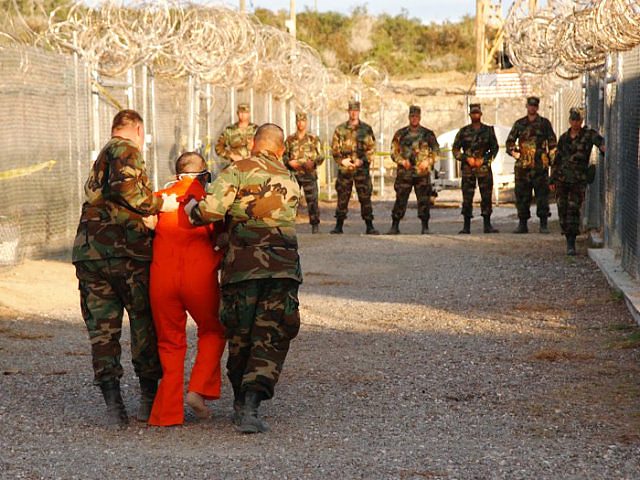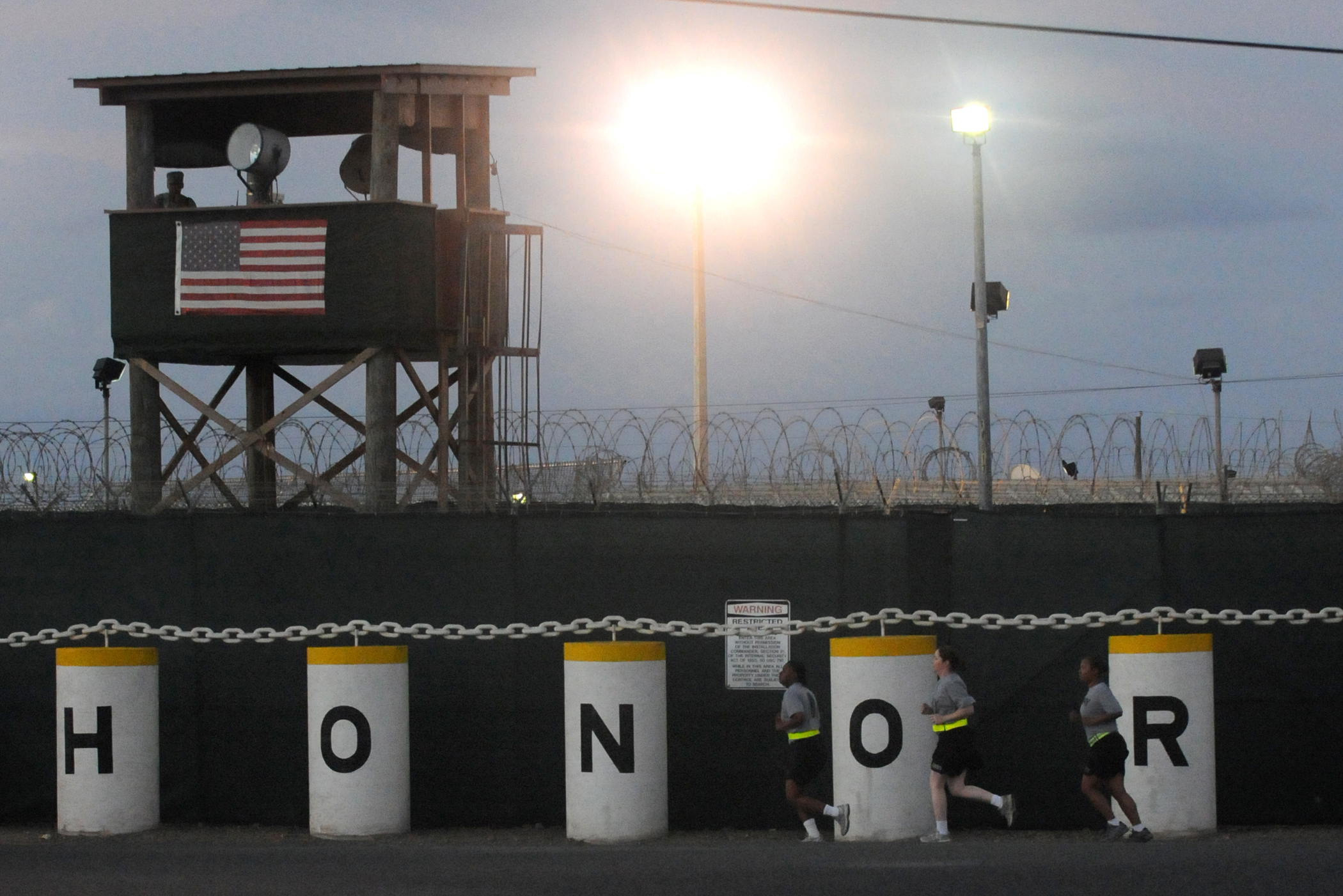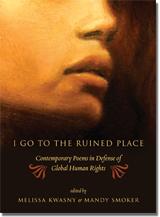If the U.S. wants the ICC to prosecute Russia for its many crimes in Ukraine, Washington should join the court too — and receive its judgment.


If the U.S. wants the ICC to prosecute Russia for its many crimes in Ukraine, Washington should join the court too — and receive its judgment.

Maybe we’ll never see America’s torturers behind bars. They should still have to tell the truth about what they did.

Meet six heroes who defied the military and the CIA to defy and expose America’s illegal torture program.

In a twisted new world, the all-American heroes wield the pliers and waterboards.

As more U.S. military women break the silence about sexual violence committed by their comrades in arms, it is clear that sporadic “scandals” are not isolated incidents, but spring from the mycelium of U.S. military culture and ideology.

The Romans had an expression for it: “Nulla poena sine lege,” no punishment without a law. But people sometimes forget that the opposite is also true: Without punishment for offenders, a law itself can die.
It’s a macabre charade,
one night in the secret
theater of Abu Ghraib.
The anklets are shackles.
In another, a leashed
dog — loud, black,
and snarling — takes
center stage.

The infamous torture photos from Abu Ghraib were first released to the public in 2003. The horrific images of prisoners hog-tied and beaten naked, leashed like dogs with bags over their heads, and posed in forced sexual positions — all with grinning U.S soldiers in the background — rode with us on the morning commute, made their way onto our computers at lunchtime, and sat with us during the six o’clock news. The pictures were a challenge as well as a revelation. As editors Melissa Kwasny and M.L Smoker write in their introduction of I Go to the Ruined Place: Contemporary Poems in Defense of Global Human Rights: “We suddenly seem[ed] to be asked to decide to what extent we will stand up and speak out for human rights.”
It has been said before that Al-Qaeda’s greatest victory was not September 11th but Abu Ghraib. Indeed, the images of Americans reveling in the humiliation of Arab prisoners enhanced the potency of al-Qaeda’s narrative and won it scores of new recruits. But to achieve this propaganda victory, the terrorist organization first had to accomplish something more basic: provoking a vigorous hatred of Arabs and of Islam among Americans.
Rose Marie Berger and Joseph Ross co-edited the collection, Cut Loose the Body: An Anthology of Poems on Torture and Fernando Botero’s Abu Ghraib Paintings in conjunction with an exhibition of the Botero paintings at the American University Museum in Washington, DC. Here, they talk with FPIF’s E. Ethelbert Miller about what inspired them to work on this project.